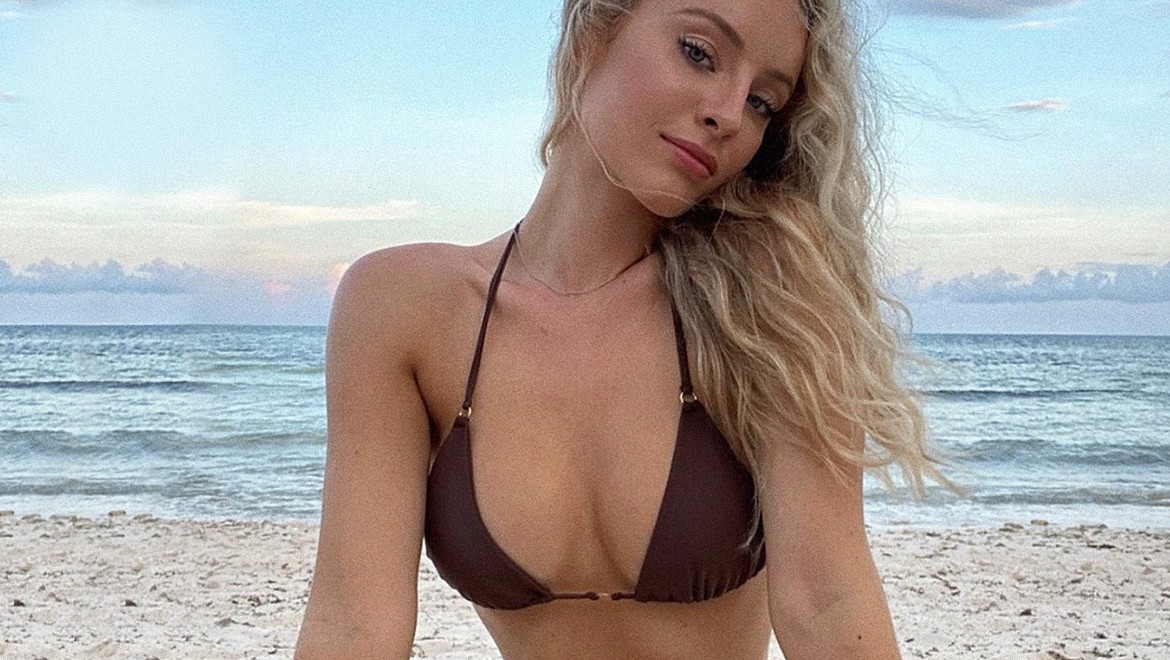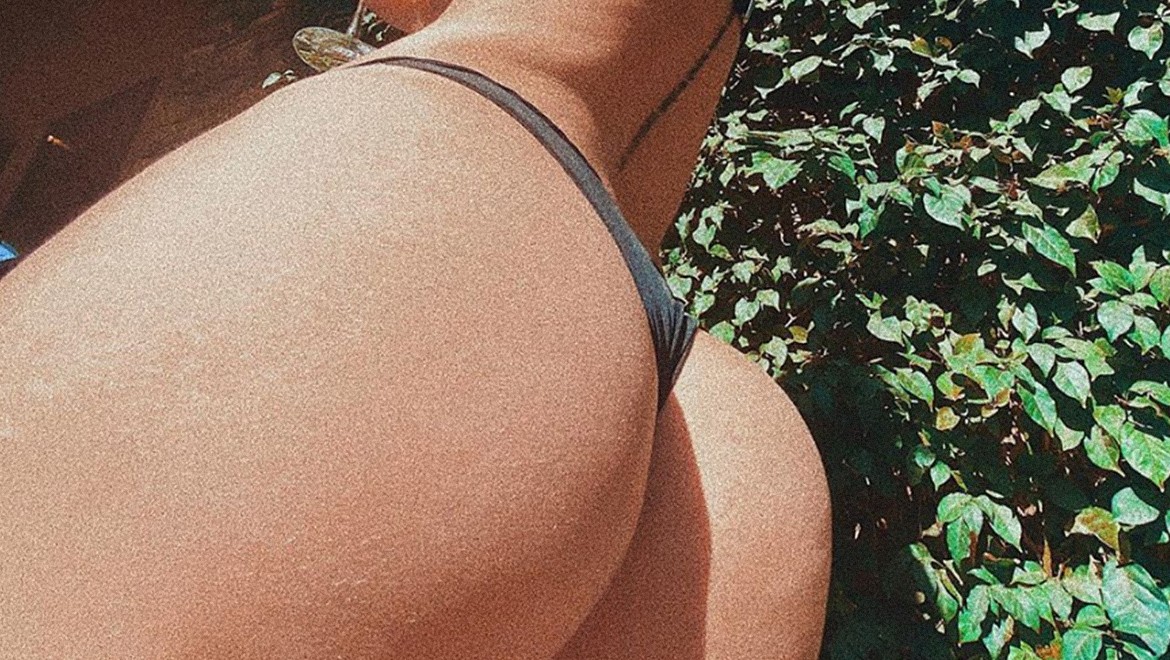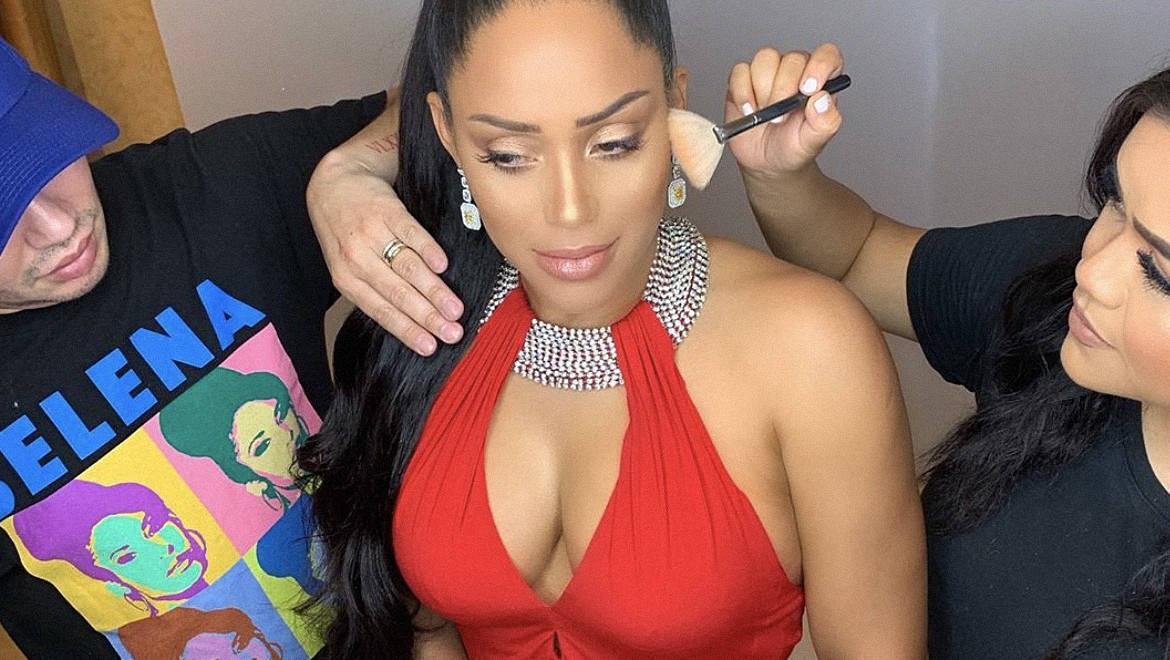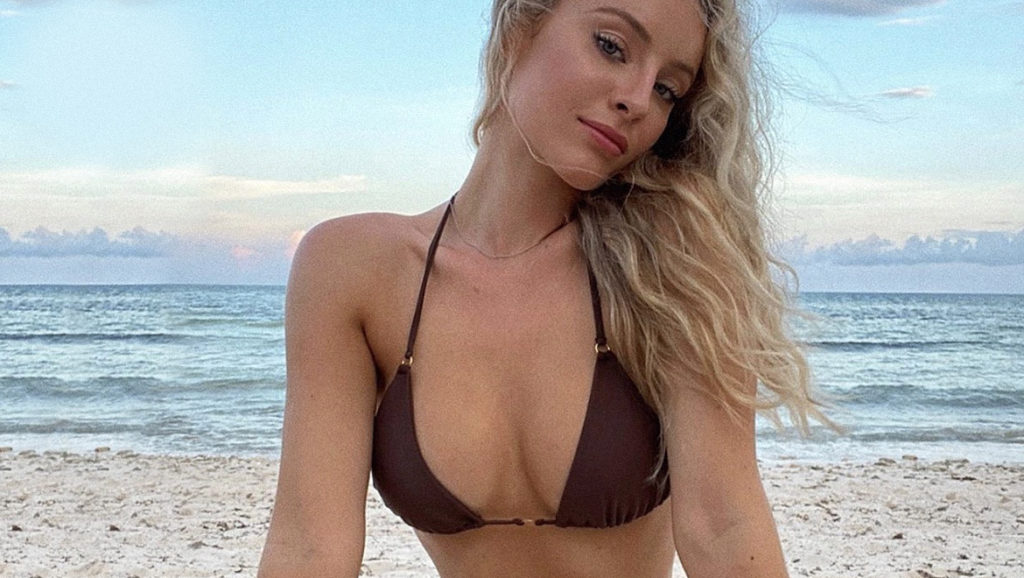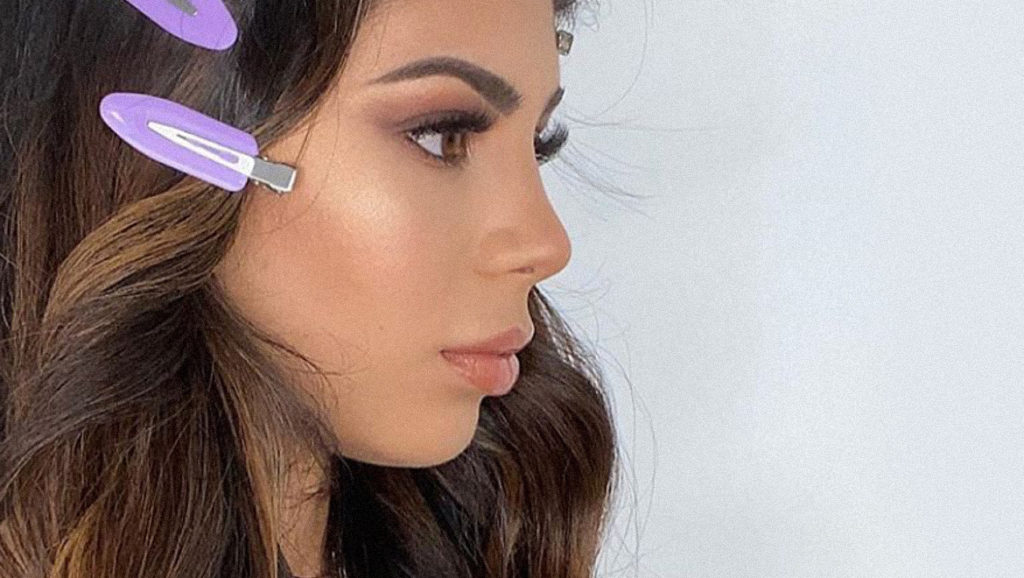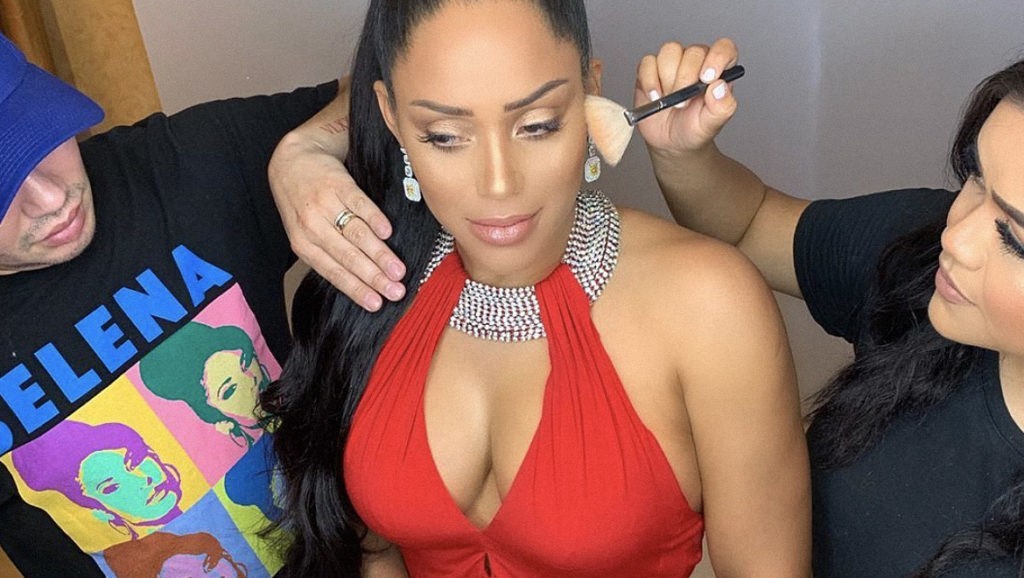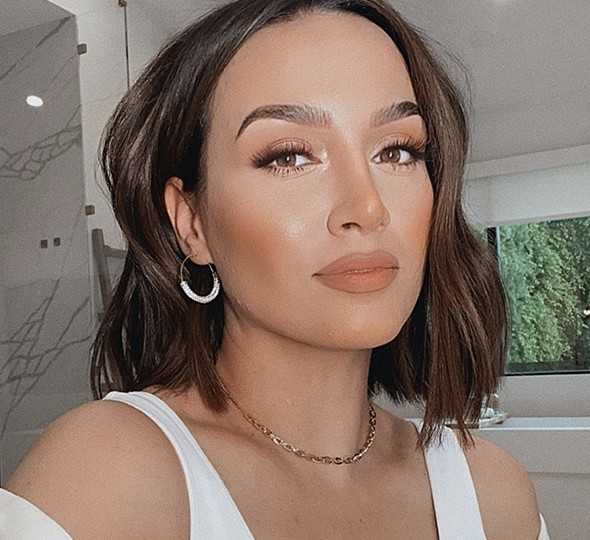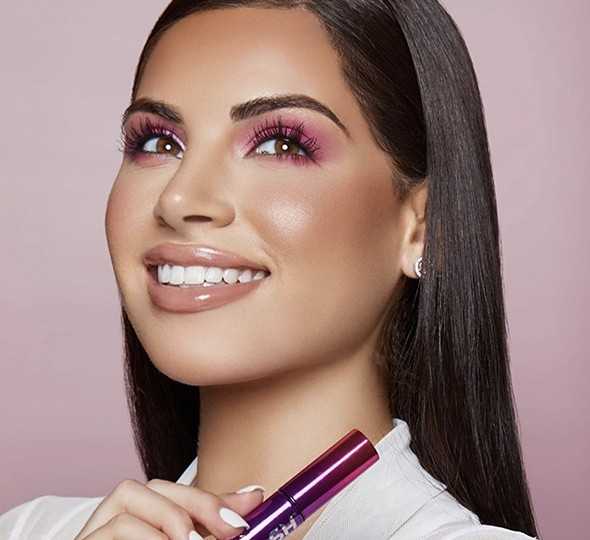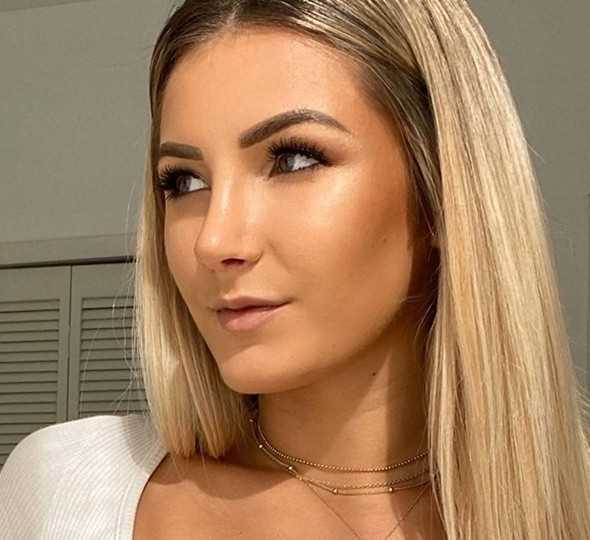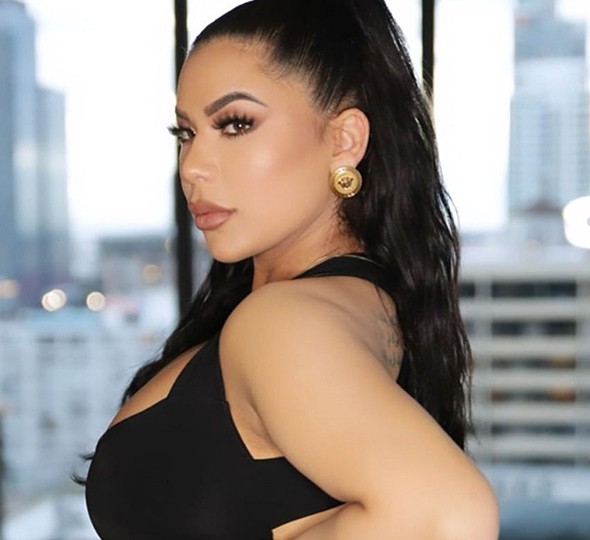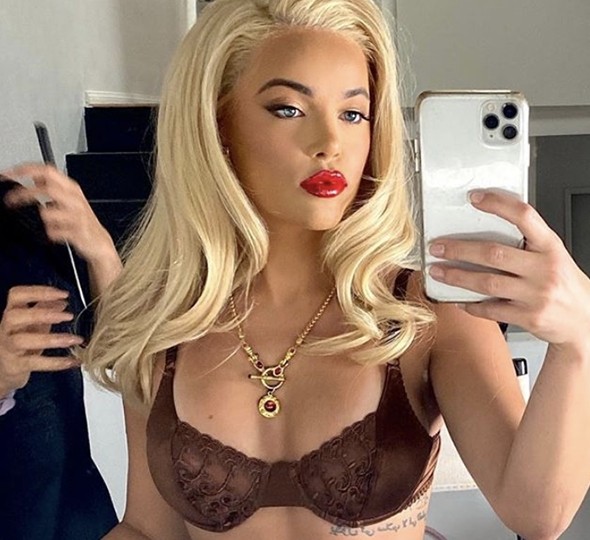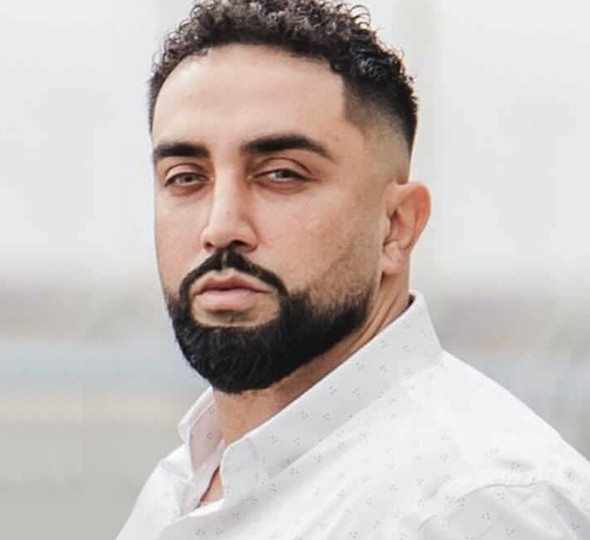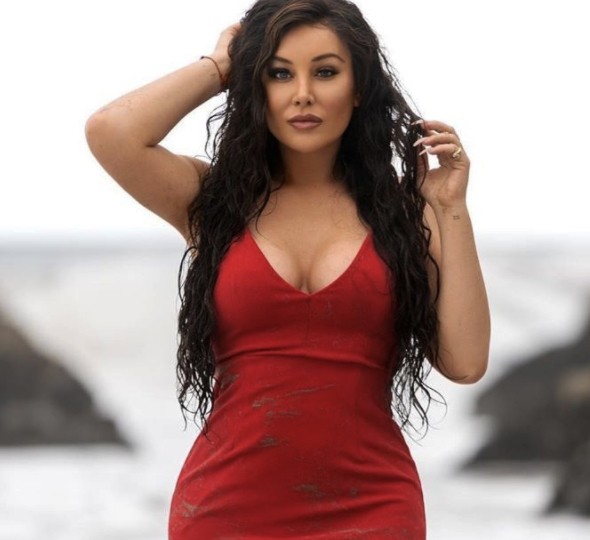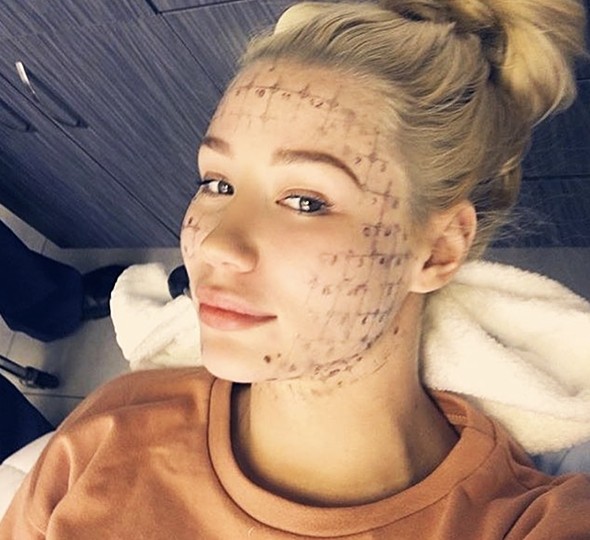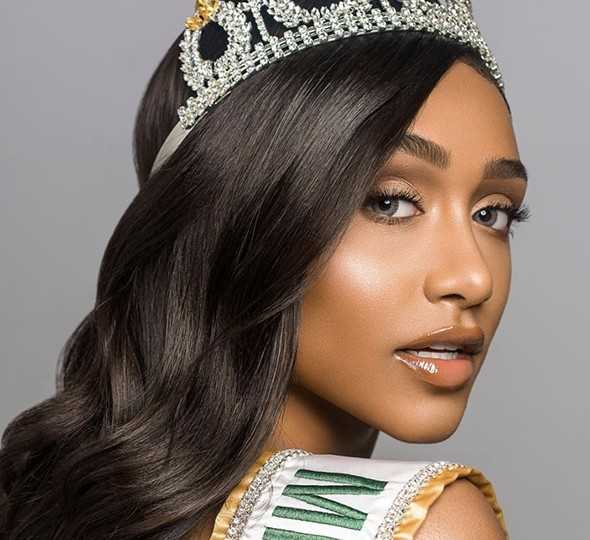Keep Them Guessing®
DISCUSSION ON ROLLIN K. DANIEL MD’S MIDDLE EASTERN RHINOPLASTY: PARTS 1 AND 2
DISCUSSION
Middle Eastern Rhinoplasty in the United States: Parts I
and II
Ashkan Ghavami, M.D.
Rod J. Rohrich, M.D.
Beverly Hills, Calif.; and Dallas,
Texas
Dr. Daniel is to be congratulated for providing us with two very important studies on Middle Eastern rhinoplasty. This ethnic group represents a large proportion of rhinoplasty patients worldwide, so much so that popular media have recently dubbed Iran as the “nose job capital of the world.” Middle Eastern rhinoplasty patients demonstrate a complex array of nasal traits, which demands a thorough preoperative evaluation, lengthy patient discussion(s), and precise surgical execution. Both of Dr. Daniel’s case studies have adhered to these requirements. In part I, Dr. Daniel examines 50 primary rhinoplasty patients (mostly of Persian descent) over a period of 18 months. Part II focuses on the more complicated secondary Middle Eastern rhinoplasty patients (75 percent of whom are of Persian descent).
Part I effectively delineates the classic nasal characteristics of Middle Eastern rhinoplasty patients: complex soft-tissue interactions, large dorsal hump, plunging and bulbous nasal tip, excess nasal length, wide midvault, and nostril-tip disproportion. Middle Eastern rhinoplasty patients can be both very specific in their goals and dislikes, and hypercritical of their surgeon’s work. This observation, along with the common “bartering practices,” were subtly noted by Dr. Daniel and best exemplified by case 3, in which three preoperative visits were required to discuss the limitations of the patient’s thick nasal skin. Many Middle Eastern rhinoplasty patients are young and female, with the patient’s mother being a fixture throughout the consultation process. It is imperative that racial incongruity and an overoperated appearance is not created. This critical point is stressed by Dr. Daniel and in other Middle Eastern rhinoplasty writings.1–3 The bartering mentality of Middle Eastern rhinoplasty patients (and their parents) signifies the demand for nothing less than exceptional results, because “outcomes should be worth all the expense.” Fortunately, many older Middle Eastern rhinoplasty patients who have had subpar or “overly done” noses have helped educate younger patients on the complex nature of Middle Eastern rhinoplasty. Expectations are high but realistic.
Importantly, limitations in skin envelope contractility can reduce the surgeon’s control over the future surface visibility of underlying cartilage shape. Cartilage edges and osseocartilaginous relationships may reveal themselves where undesirable, and become hidden where visible framework shape would have been aesthetically desirable. To master this and to optimize control over these variables is perhaps the holy grail of Middle Eastern rhinoplasty and rhinoplasty as a whole.
Dr. Daniel’s first article uses a numerical skin thickness scale, which may prove useful for documentation purposes. However, some contradictions are present throughout the article with regard to skin thickness. For example, references are made to the “often heavy skin sleeve” though the “majority” of patients are listed as “thin-skinned” (N, !1, or –1). This is in stark contrast to Asian or African American rhinoplasty.3 Optimal primary nasal tip shaping and improved control over framework-skin interactions requires multiple nondestructive (cartilage-preserving) techniques in addition to skin envelope manipulation and selective onlay grafting. Algorithms can serve as a basic guide on which to build.4,5 Typically, a combination of component dorsal reduction, soft-tissue thinning, tip-suturing techniques, “softened” cartilage grafts, structural grafts, and depressor septi nasi muscle treatment is indicated. Visible yet “subtle” grafts are frequently necessary to exploit pleasing nasal tip highlights and shadows.
Dr. Daniel has minimized the importance of depressor septi manipulation; however, long-term nasal tip elevation may necessitate depressor muscle resection or transposition in many Middle Eastern rhinoplasty patients. Fortunately, any significant dissection between the domes and medial crura will inherently disrupt domal ligaments along with the depressor muscle, which in turn helps prevent future tip drop. Further support by means of septocolumellar suture stabilization may also be warranted, because many secondary Middle Eastern rhinoplasty complaints focus on excess nasal length and long-term tip ptosis.
Careful attention to smoothing of dorsal aesthetic lines in Middle Eastern rhinoplasty should not be underestimated. Dr. Daniel’s observations on dorsal shaping constitute a very valuable component of part I of his series. According to the study, a “combined osseocartilaginous” deformity (hump) was present in 62 percent of primary Middle Eastern rhinoplasty patients. The frequent necessity of significant dorsal reduction and nasal bone medialization increases the propensity for postoperative inverted-V deformities and other visible osseocartilaginous stigmata. A componentbased dorsal reduction with true or autospreader graft/flap placement can provide for smoother and more balanced dorsal aesthetic lines.1,6,7 Texture and color differentials among the three nasal thirds may also result if a smooth transition is not created between the osseous and cartilaginous components. This can make the nose appear as if it is separated into two segments, particularly in snap photography.
Dr. Daniel describes the critical relationship between the upper lateral crura and the lower lateral crura. The scroll area and the lateral nasal wall are functionally dynamic and aesthetically complex. It is tempting to resect all overlapping cartilage or bulky soft tissue in this area, but postoperative supra-alar and paradomal depressions (“pinching”) may result. Furthermore, alar malposition is very common in Middle Eastern rhinoplasty patients, and lower lateral crura reorientation and/or support is usually indicated. Reorientation of the lateral crura (with or without transection) and use of lateral crural strut grafts are beneficial in achieving balance between undercorrection/ overcorrection in the scroll area and in treating alar malposition. Lower lateral crura malposition can be diagnosed preoperatively (even with thick soft-tissue coverage) with the aid of a cotton-tip applicator. In addition, the recently described lateral crural turnover flap is an effective tool for helping to control weak, convex, or concave lower lateral cartilages in Middle Eastern rhinoplasty.8
Lastly, Middle Eastern rhinoplasty patients tend to closely examine the basal view preoperatively and postoperatively. Meticulous attention must be paid to symmetric alar base narrowing and maintenance of alar rim support. The incisions should be made “within” the alar-facial crease. The type of alar base treatment is based on whether alar flaring, increased interalar distance, or both are present.1–3 In contrast to Dr. Daniel, we have observed sill-only resections to be the least frequent.1–3
Dr. Daniel’s case review of 40 consecutive secondary female Middle Eastern rhinoplasty patients (75 percent Persian) accurately describes the key reasons for the high revision rates prevalent in this ethnic group: “failure to correct the original deformity” and “presence of visible surgical stigmata.” In other words, a fine line exists between doing too much and doing too little. Finding the right balance centers on the use of support grafts and recognizing skin envelope limitations. The author categorizes secondary Middle Eastern rhinoplasty patients into five groups. It may be simpler to consider a spectrum of nasal abnormalities, ranging between undercorrection and overcorrection. Although a minority of Middle Eastern rhinoplasty patients desire more conspicuous alterations, most want a “natural” modification without excess tip elevation or narrowing, increased supratip break, or overly curved dorsal profile line. This can be described as naturally “cute,” a term used by some of Dr. Daniel’s younger patients.
Overcorrection may produce excessively thinned skin, an overrotated nasal tip, weakened tip cartilage with “pinching,” inverted V-deformity, excessively narrowed (asymmetric/irregular) dorsal aesthetic lines, and a collapsed midvault. Undercorrection may be more prevalent in patients with thick skin and includes a persistently amorphous (heavy) nasal tip, plunging tip, a long nose, persistent dorsal hump, and a bulky midvault (scroll area bossing).
Secondary Middle Eastern rhinoplasty correction is similar to that in other secondary rhinoplasty cohorts. Spreader grafts, lateral crural strut grafts, a columellar strut, and alar contour grafts are the “workhorse” techniques, as emphasized by the author. Dorsal irregularities are all too common and a “smooth” relationship among the radix, osseocartilaginous junction, and midvault must be reestablished with structural grafting. AlloDerm (LifeCell Corp., Branchburg, N.J.) and temporal fascia (as preferred by the author) are both suitable for softening anatomical edges and overall nasal contour. Surgeons should not hesitate to transect/transpose the lower lateral crura when indicated. This maneuver, along with resection of excess scroll area fullness, can provide dramatic improvements in paradomal and alar arch aesthetics. Secondary alar base and nostril deformities are challenging. Re-incising and repositioning of the alar base may be required, along with alar rim contour grafts for support.
Dr. Daniel noted a 55 percent rate of “thinskinned” secondary Middle Eastern rhinoplasty patients. It would be interesting to note whether these correlated with the overcorrective maneuvers. Parts I and II of the author’s series demonstrate that Middle Eastern rhinoplasty patients present along a complex spectrum of aesthetic imbalances that must each be addressed thoroughly. Any shortcuts will guarantee future revisions. In many ways, secondary Middle Eastern rhinoplasty adheres to the same principles and technical steps as primary Middle Eastern rhinoplasty. However, as in most facets of surgery and medicine, the best treatment is prevention. As we closely study larger numbers of Middle Eastern rhinoplasty patients, more insight will be gained into improving the predictability of our Middle Eastern rhinoplasty outcomes and satisfying our discerning patients.
Ashkan Ghavami, M.D.
Ghavami Plastic Surgery
433 N. Camden Drive
Suite 780
Beverly Hills, Calif. 90210
ashghavami@yahoo.com
REFERENCES
1. Rohrich RJ, Ghavami A. Rhinoplasty for Middle Eastern noses.
Plast Reconstr Surg. 2009;123:1343–1354.
2. Rohrich RJ,Ghavami A. TheMiddle Eastern nose. In:Gunter JP,
Rohrich RJ, AdamsWP, eds.Dallas Rhinoplasty:Nasal Surgery by the
Masters. 2nd ed. St. Louis: Quality Medical Publishing; 2007.
3. Ghavami A, Rohrich RJ. The ethnic rhinoplasty. In: Aston SJ,
Steinbrech DS, Walden JL, eds. Aesthetic Plastic Surgery. Philadelphia:
Saunders; 2009.
4. Ghavami A, Janis JE, Acikel C, Rohrich RJ. Tip shaping in
primary rhinoplasty: An algorithmic approach. Plast Reconstr
Surg. 2008;122:1229–1241.
5. Gruber RP, Friedman GD. Suture algorithm for the broad or
bulbous nasal tip. Plast Reconstr Surg. 2002;110:1752–1764.
6. Byrd HS,Meade RA, Gonyon DL Jr. Use of the autospreader
flap in primary rhinoplasty. Plast Reconstr Surg. 2007;119:
1897–1902.
7. Gruber RP, Park E, Newman J, Berkowitz L, Oneal R. The
spreader flap in primary rhinoplasty. Plast Reconstr Surg. 2007;
119:1903–1910.
8. Janis JE, Trussler A, Ghavami A, Marin V, Rohrich RJ, Gunter
JP. Lower lateral crural turnover flap in open rhinoplasty. Plast
Reconstr Surg. 2009;123:1830–1841.


